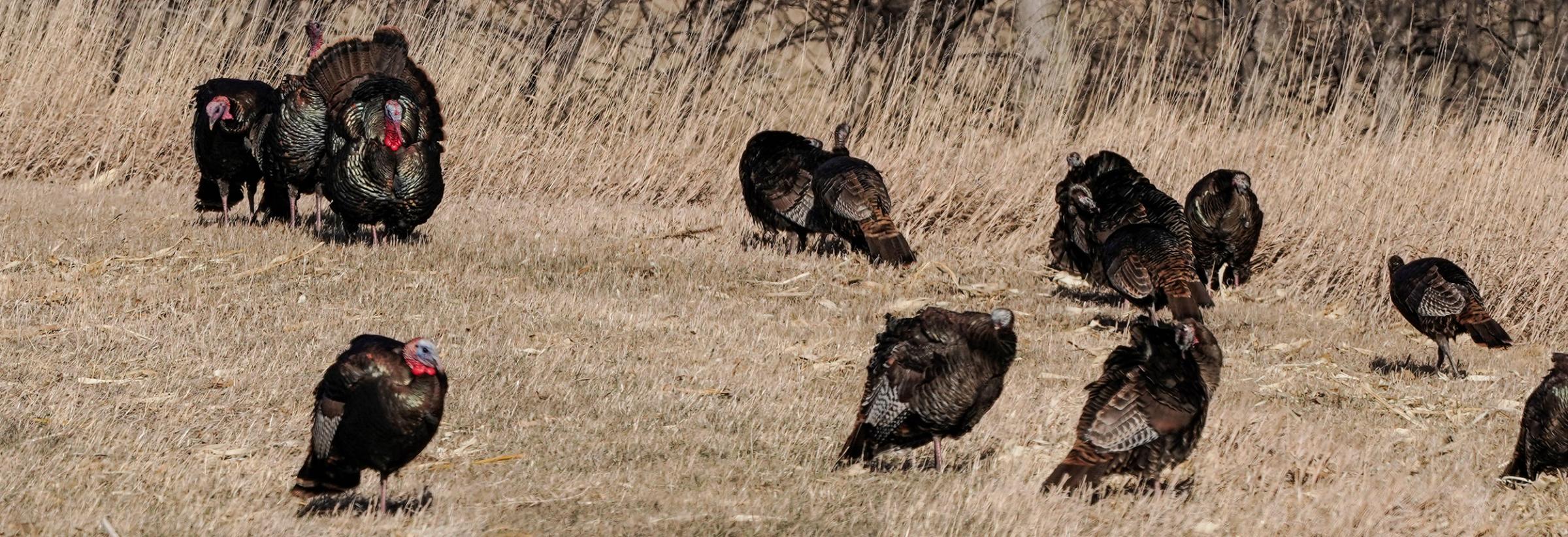
Back Cast
While we often go it alone, many of our triumphs depend on the kindness of others.
The landowner who willingly opens the gate.
The buddy who says in passing he’ll help haul your deer out of the backcountry and enthusiastically shows up when summoned no matter the time, weather, score of the ballgame.
The patient turkey hunter, with decoys in tow and the ability to magically manipulate a diaphragm call, offers up his spot, knowledge of birds he’s scouted, and the cherry, front row seat in his native blind where thumb-size limbs have been trimmed to create a shooting lane.
We hear the first tom gobble at 6:07 a.m., 12 minutes before shooting time. The turkeys are roosting a quarter mile west, maybe farther. The glass-half-full in me quietly says they might as well be in another township. Yet, with a directive to be patient, I settle into my camp chair, lean too far right and tip into a hole I didn’t see when setting up in the dark.
Back in my chair, finally reseated after some help from my audience of one, we laugh quietly, and I wonder if I’ve cost us a bird.
In time, the world around us settles. The turkeys we heard earlier have left their roost in an audible rush of beating wings fighting gravity. We spy them occasionally through binoculars as they adjust to the day’s pecking order in patches of prairie clear of trees and heavy brush.
It’s difficult to determine how many birds we’ve put eyes and ears on so far. Certainly, a dozen, likely more, according to the choir of gobbles and the tally of glimpses of dark shapes here and there. Save for a lone hen that fed to within less than a football field of our hideout, the majority of the birds have stuck to the western edge of the property.
Be patient, I am reminded again.
I’ve killed time in worse spots, and certainly in worse ways. The view is gorgeous. The company good. And my chair’s comfortable when upright.
I’ve got all day, I tell myself, even when I know it’s not entirely true.
When the half-dozen or so toms top out on the open hilltop at maybe 400 yards, I look at my wristwatch and know that we’ve been hunkered here for nearly 3 hours. A series of artificial yelps over my left shoulder, which sound spot on to me, catch the birds’ attention and they straight line it to our decoys, down one side of the ridge and up the other.
My shotgun is resting on wooden shooting sticks and my only worry is making a good shot. When the toms finally come into view, I’m ready, but it’s as if they’ve lost all bravado on their uphill climb and hang up at 50-plus yards, skirt the decoys and disappear.
It could end here, another close enough encounter with nonnative wild birds that have mixed it up with hunters in North Dakota for more than a half-century. I’m familiar with coming this close and going home empty handed. I’m OK with it.
Yet, before we can even consider packing up, moving elsewhere and trying something different, four more toms, running the same path with outstretched necks and confidence that our decoys are the real deal, strut into shotgun range.
We just had to be patient.
